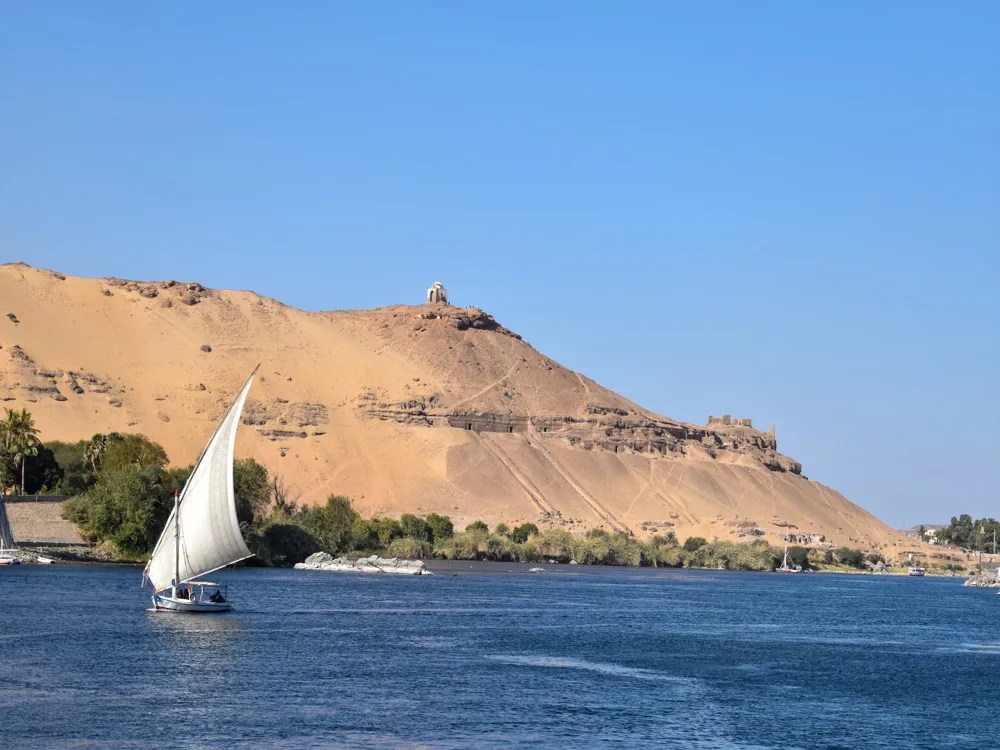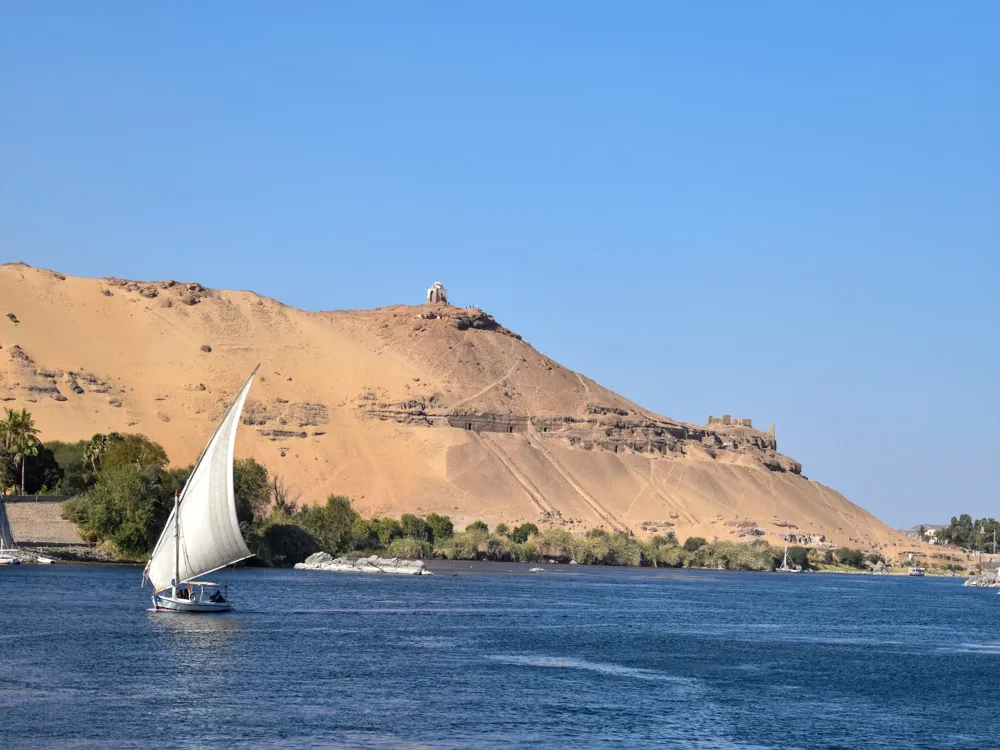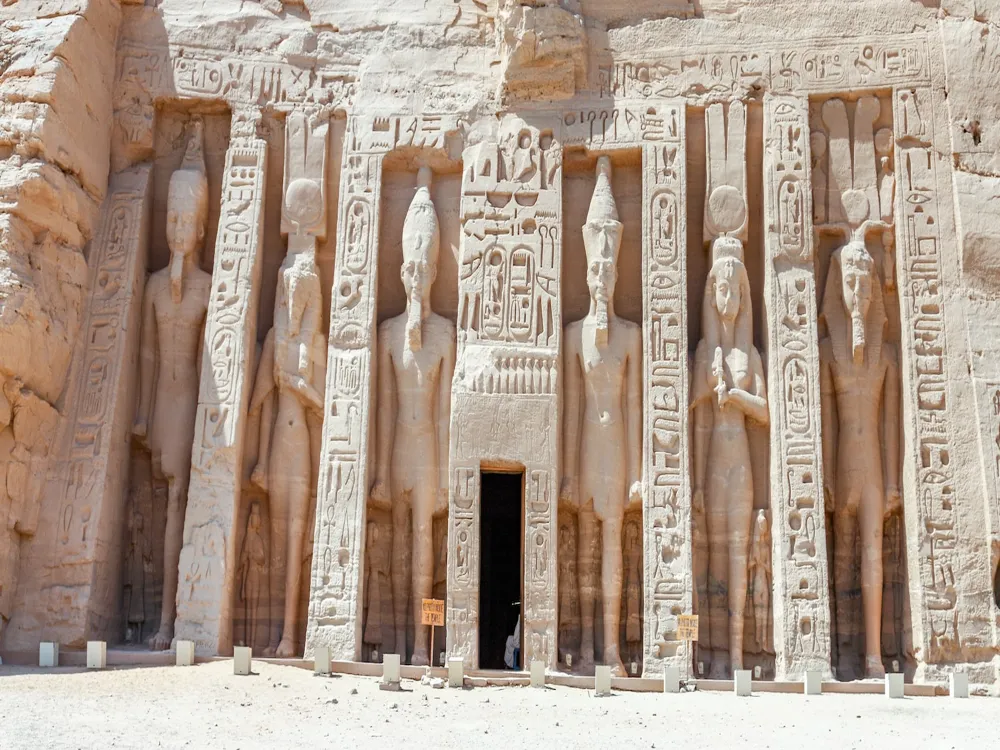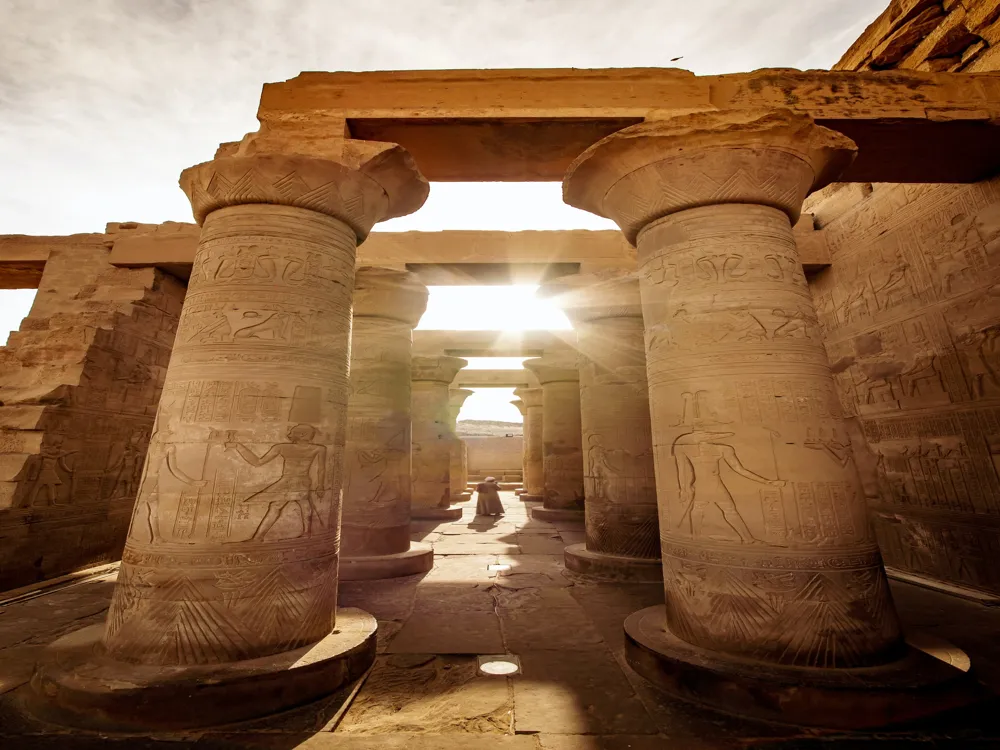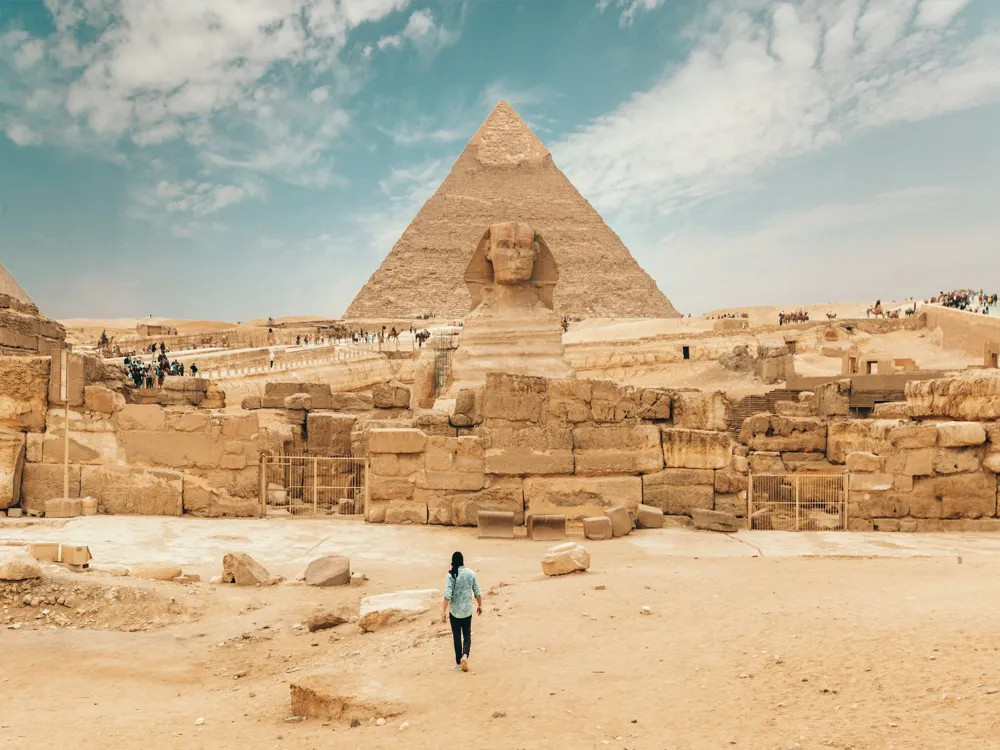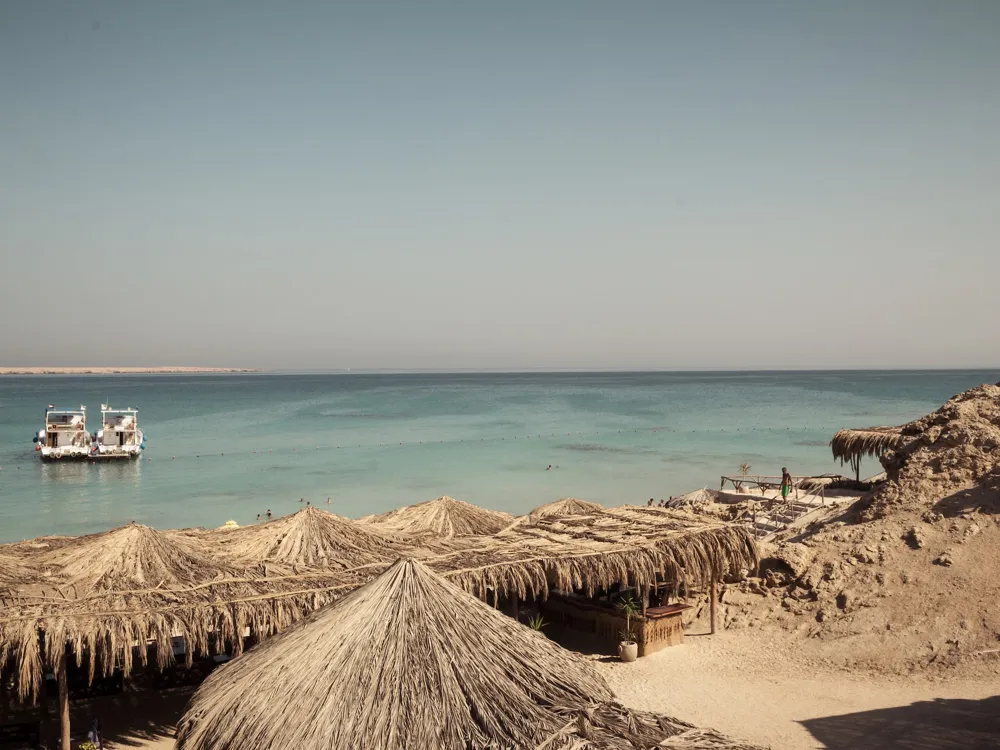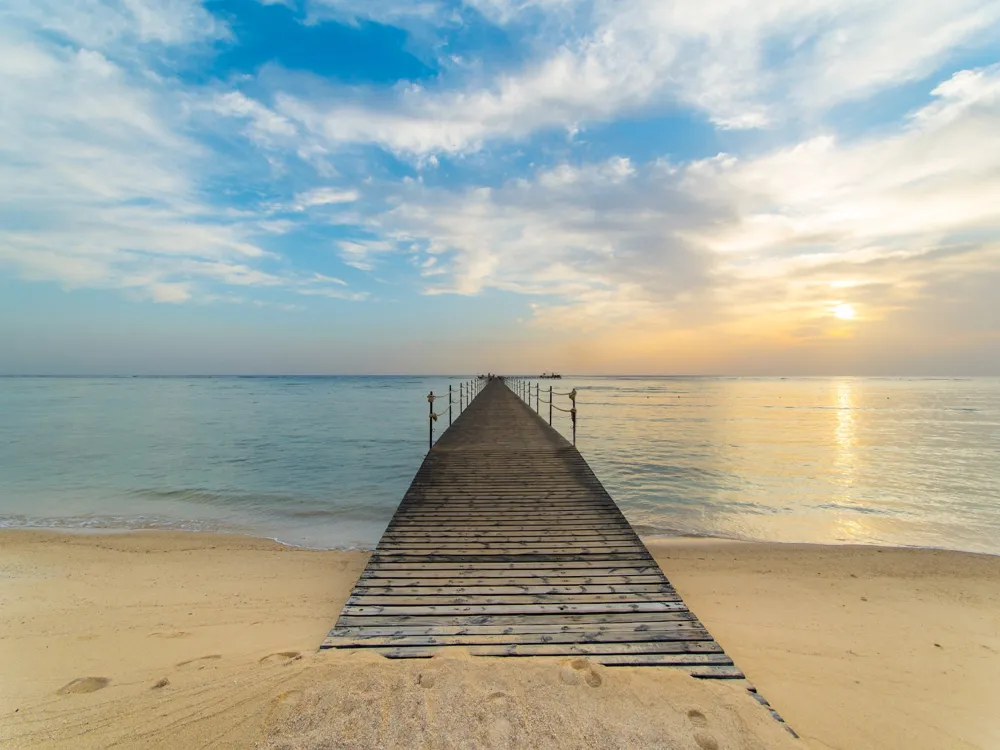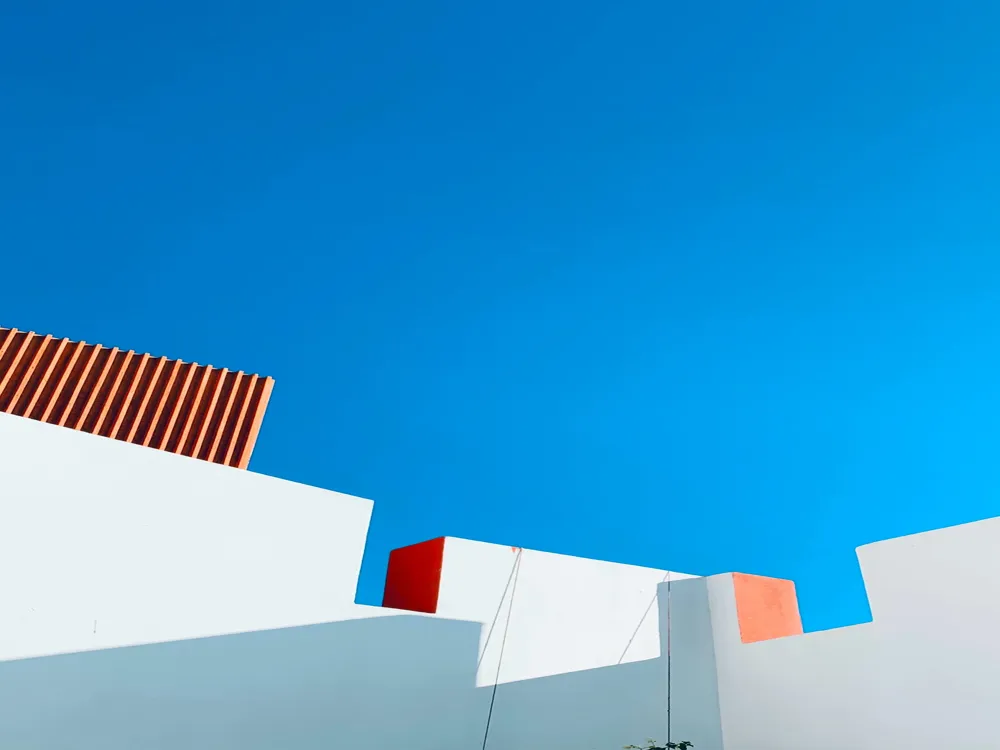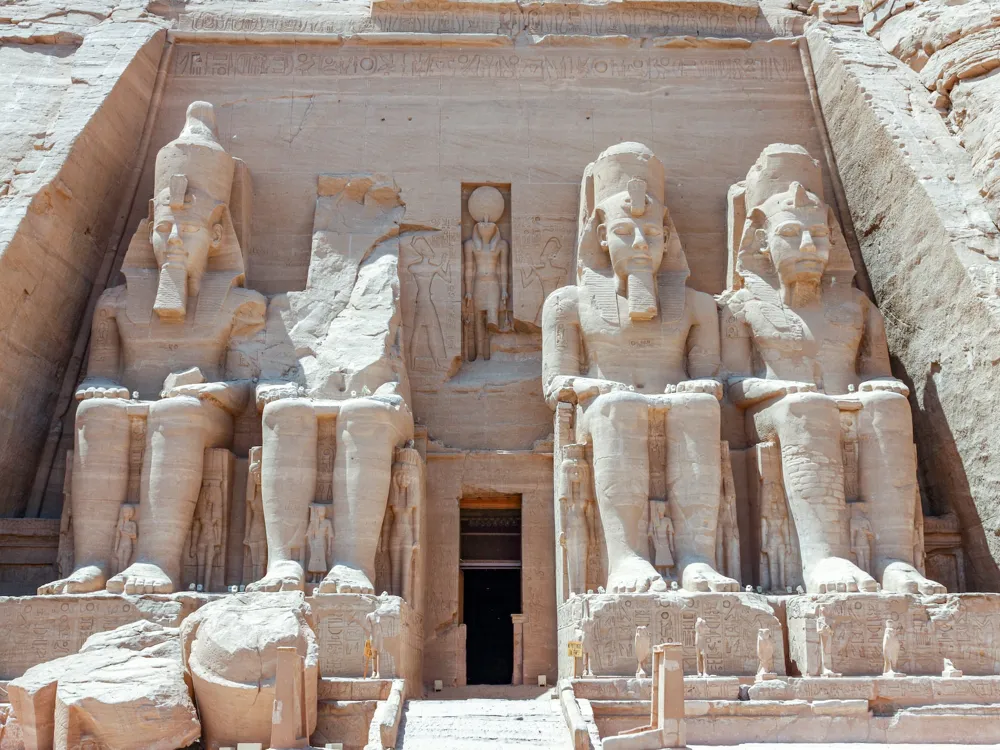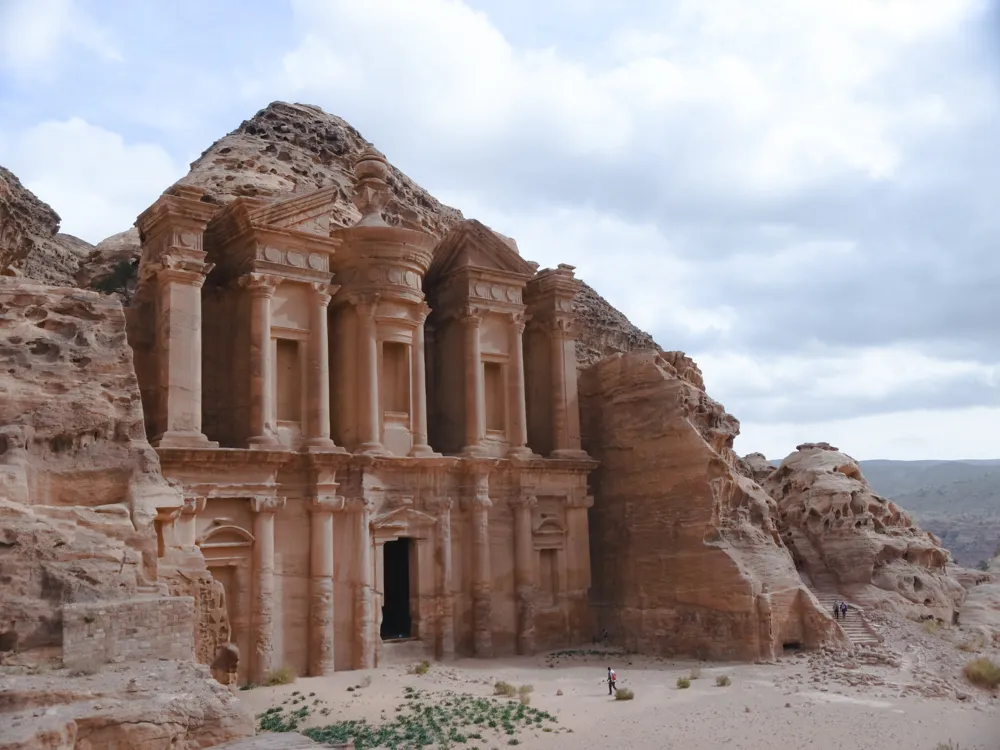Gebal Simaan, also known as the Monastery of St. Simeon in Aswan, is an ancient monastery dating back to the 7th century. Located on the west bank of the Nile, it is one of Egypt's most significant Christian sites, offering visitors a glimpse into early Christian monastic life. The monastery's isolated desert setting and well-preserved structures make it a fascinating destination for history enthusiasts and travelers alike. The architecture of Gebal Simaan is a testament to the ingenuity of early Christian monks. The complex features a large basilica, living quarters, and numerous chapels, all surrounded by high walls. The basilica, with its nave and two aisles, is the centerpiece, showcasing impressive architectural elements such as arches and columns. The monastery's design reflects both functional needs and spiritual symbolism, with a layout that facilitates communal living while providing spaces for individual prayer and reflection. 1. Dress modestly to respect the site's religious significance. 2. Bring plenty of water and sun protection, as the area can get very hot and shade is limited. 3. Consider hiring a local guide to gain deeper insights into the monastery's history and architecture. 4. Check the opening times before visiting, as they can vary seasonally. 5. Be prepared for a bit of a hike to reach the monastery, as it is located in a remote area. To reach Gebal Simaan, visitors typically start from Aswan. The most common way is by taking a boat across the Nile River to the west bank and then either hiking or taking a camel ride to the monastery. The journey offers stunning views of the Nile and the surrounding desert landscape. It is also possible to arrange a visit through a tour company, which can include transportation and a guided tour of the site. Read More:Overview of Gebal Simaan of Aswan
Architecture of Gebal Simaan
Tips When Visiting Gebal Simaan
Click for Tips
How To Reach Gebal Simaan
Gebal Simaan
Aswan
₹ 68,661 onwards
View aswan Packages
Aswan Travel Packages
View All Packages For Aswan
Top Hotel Collections for Aswan

Private Pool

Luxury Hotels

5-Star Hotels

Pet Friendly
Top Hotels Near Aswan
Other Top Ranking Places In Aswan
View All Places To Visit In aswan
View aswan Packages
Aswan Travel Packages
View All Packages For Aswan
Top Hotel Collections for Aswan

Private Pool

Luxury Hotels

5-Star Hotels

Pet Friendly









